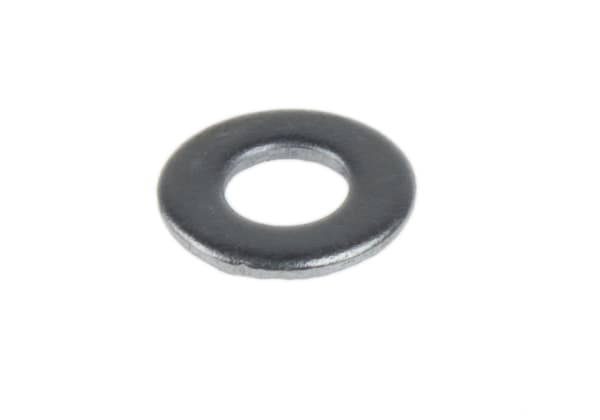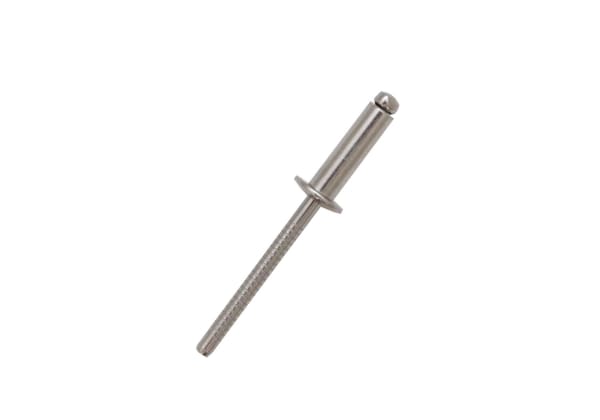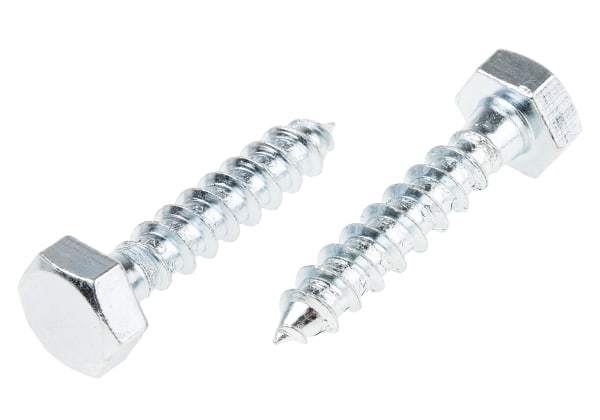- Published 16 Oct 2024
- Last Modified 16 Oct 2024
- 6 min
A Guide To Staple Guns
Staple guns are a familiar sight at offices, building sites, and industry premises across the country. But how much do you know about them? This guide covers what staple guns are, how they work, different types of guns and staples, and how to refill staple guns.
Reviewed by David Carmichael, Solution Engineer (October 2024)
Staple guns are great tools for a range of jobs in the home and in industry. What are staple guns used for? There’s a number of types on the market, including electric and pneumatic versions, and they’re used for everything from stapling wood to stapling masonry. Read this guide if you’ve ever wondered: how do staple guns work? We’ll also explain how to use staple guns correctly and safely, and you’ll learn more about the different varieties of staple guns available.
Staple Guns
What is a staple gun? Staple guns and staplers and riveters are powerful tools for stapling a variety of materials together. They may be a lightweight, manual type of gun, or electric or even pneumatic-powered for tougher jobs. Powered staple guns have the advantage of preventing fatigue in the hands of the person doing the stapling.
How Do Staple Guns Work?
How does a staple gun work? Staple guns work in a different way to office staplers, which feature a metal anvil to support the paper during stapling and rely purely on the user’s muscle power to complete the job. Instead, the majority of staple guns feature a powerful sprung mechanism that drives the staple forcefully into the material, even wood or masonry. Rather than an anvil, staple guns work with the inertia of the material being stapled to drive the staple through the material.
How To Use a Staple Gun
You may well be wondering how to use a staple gun. When using a staple gun, the gun is gripped in one hand while the other hand grips the material to be stapled. Closing the hand squeezes the trigger and activates the spring mechanism, driving the staple. To start using the gun, hold it level with the surface you want to staple and squeeze the trigger. The amount of pressure you will have to apply varies based on the stapler type. An electric staple gun needs less pressure than a mechanical manual staple gun.
It’s important to handle a staple gun correctly to avoid injury or accidents. If you need to leave the area where you are working, do not leave a staple gun unattended. Many staple guns have a lock feature, which can be engaged to prevent accidental use. Never point a staple gun at someone else, or at yourself. When you don’t need to staple, keep your finger away from the trigger. Electric staplers should be unplugged when not in use. It’s also a good idea to wear PPE when using a staple gun. (See section on training, below.)
How To Load a Staple Gun
You’ll also be wondering how to put staples in a staple gun. When it comes to how to open a staple gun and how to refill a staple gun, the method varies based on the gun type. Staplers may be rear- or bottom-loading types. To load a rear-loading staple gun, push the rod at the back of the gun and pull it out. Put the staples in and reinsert the rod. Electric staplers tend to be bottom-loading types. To load an electric stapler, unplug the gun and put the safety lock on the trigger. Press the magazine release button to the rear of the tool. Then load the staples upside-down.
What Are Staple Guns Used For?
Staple gun uses include driving metal staples into materials such as plastic, wood, or plaster, and attaching cables to these materials. Staple guns are used for many different applications, including fixing upholstery, masonry, insulation, carpeting, roofing, and wiring.
What Level of Training Do You Require if Using a Staple Gun?
Is there a requirement for staple gun training? In a word, yes. It is important to determine what level of training to use a staple gun is required for the task, to ensure safety and effectiveness. Workers using staple guns should also have been trained in the correct PPE for the job. PPE may include gloves, safety goggles, steel toed-boots, overalls, and ear protection. Workers with long hair should ensure it is tied back while using a staple gun. Rings and jewellery should also be removed.
Types Of Staple Gun
There are various types of staple guns available. Let’s look at some of the types on the market.
Heavy-Duty Staple Guns
If you are doing a job where a lot of stapling is required, you can reduce fatigue in the hands and speed things up by using a powered staple gun, such as an electric version. Electric machines require just a gentle squeeze to operate and offer significant power and speed at a lower cost. They are ideal for jobs like soundproofing, putting up boards, and mild repair work.
Industrial Staple Guns
Pneumatic staple guns are often used for heavy-duty jobs such as stapling hardwood flooring or roofing material, or in construction work. This type of staple is powered by compressed air, which drives the staple into the surface. These staple guns are quick to operate and particularly accurate to use, and need to be connected to a compressor. They are also capable of fixing longer staples, which makes them ideal for professional and industrial use.
Hammer tackers are a similar device to a staple gun. Instead of relying on a mechanically or electrically propelled spring mechanism, hammer tackers, as the name suggests, rely on a hammering-type motion by the user, with the momentum of the person’s arm driving in the staple. Hammer tackers load similarly to a staple gun – by pulling out the spring and loading staples in a magazine.
Hammer tackers are great for applications where a lot of ground needs to be covered (so the length of the power cord of an electric staple gun might prove problematic) and coverage is more important than accuracy or aesthetics.
Staple Sizes
What size staples for staple guns do I need? When it comes to staple sizes for staple guns and types of staples for staple guns, it’s important to get the right type for the job. Hammer tackers and staple guns have a wide range of staple sizes they can accommodate, which may be specially designed by the staple gun manufacturer. The appropriate size of staple for the job will depend on the type of material and the fixing you require.
Heavy-duty staples may feature particularly thick gauge wire. This helps to hold wood, insulation, and sheet materials in place. Staples for fixing cables will have an appropriate rounded back and be available in a range of diameters to suit the cable. When fastening to wood, the staple should be twice as long as the thickness of the material being attached. If you’re stapling thin materials like fabric, the staple should be 4 mm longer than the thickness of the material being stapled.
If you want to know about what constitutes fine, medium, and heavy wire staples for industrial uses, this chart provides an overview of staple gauges used by manufacturers, and types of wire. The lower the gauge, the thicker the staple.
Gauge | 22 | 21 | 20 | 19 | 18 | 16 | 14 | 12 | 10 |
|---|---|---|---|---|---|---|---|---|---|
| Fine Wire | X | X | X | ||||||
| Medium Wire | X | X | |||||||
| Heavy Wire | X | X | X | X |
Don’t forget that staples can be supplied with special properties. If you are working outdoors, it may be a good idea to pick up corrosion-resistant staples for all weathers. It’s also important to know how to load a staple gun and how to fix a staple gun quickly if there are jams or other problems with the mechanism.
Get these elements right, and you’ll soon be making the most of staple guns – truly a versatile tool.
RS offers a wide range of hand tools for a multitude of uses. Explore our range.



